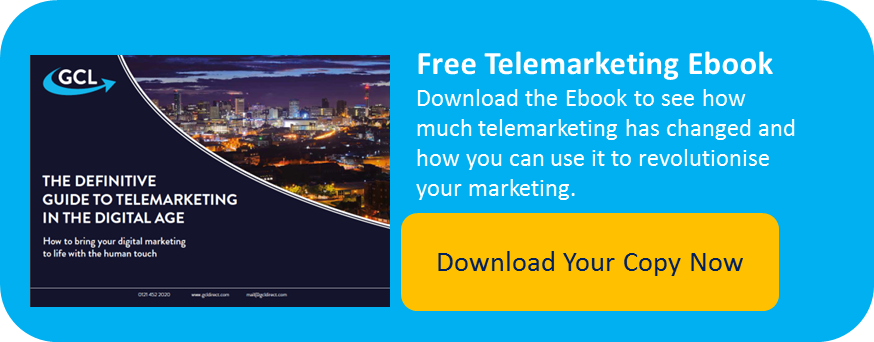Eloqua, Marketo, Hubspot, Pardot. All immensely powerful tools for marketers. When used properly they have the ability to turn thousands of strangers to visitors and from visitors to leads.
Using the potent combination of social media, blogs, landing pages and effective content management these systems have revolutionised not just the way companies market but also the way that we as B2B and B2C consumers go about making our purchases.
But it’s not all plain sailing. Inbound marketing is a great way to fill the top of the sales funnel with relevant and often engaged leads but this doesn’t necessarily mean that the inbound leads will convert into opportunities.
How far can automation software qualify an inbound lead?
It can look at a lead’s online interactions with a company but beyond its own tracking and measuring of a particular website, it is blind to what is going on. How would the software know if a lead has any budget or even the need for a particular product or service? Short of asking them to tick a box confirming that’s the case the options are limited.
When should a lead be passed on?
At this point some marketers will stop and argue that its job is done, leads generated; sales now have to take those and convert them.
Sales typically have a different view which is, why should they waste their time on leads that are blatantly not relevant? e.g. have no budget, need or even the authority to make the purchase?
Regardless of which side of the fence you come down on, the reality is that you can see a vast increase in efficiency resulting in a far greater return on investment for both sales and marketing if you can properly qualify your leads.
How should you qualify a lead
We would always suggest you qualify all your leads according to the following criteria:
BUDGET – Is there an appropriate spend level? …or in other words…can they afford it?
AUTHORITY – Is the contact senior enough to make or influence decisions?…or in other words, are they the person who holds the purse strings and can make the decisions?
NEED – Does the company have an appropriate requirement and will your solution meet it?…or in other words, will it really be a meaningful solution for them?
TIMESCALE – Are they looking to select a solution within an appropriate timescale?…or in other words, do they want to do this now, in the next couple of weeks or sometime way in the future?
ATTITUDE – What is their attitude to the overall value proposition?…..or in other words, are they just giving you lip service or are they chomping at the bit to get your product or service?
Next steps...
A quick and easy way of doing this is to get hold of the lead by phone and enter into a two-way conversation that will answer these all-important points. This tried and tested method has several benefits not least of which is the ability to begin building a personal relationship with the potential lead.
This is a perfect example of how telemarketing has adapted to the digital world of marketing. For more insights on how telemarketing has changed to meet modern marketing challenges read the Definitive Guide to Telemarketing in the Digital Age:








